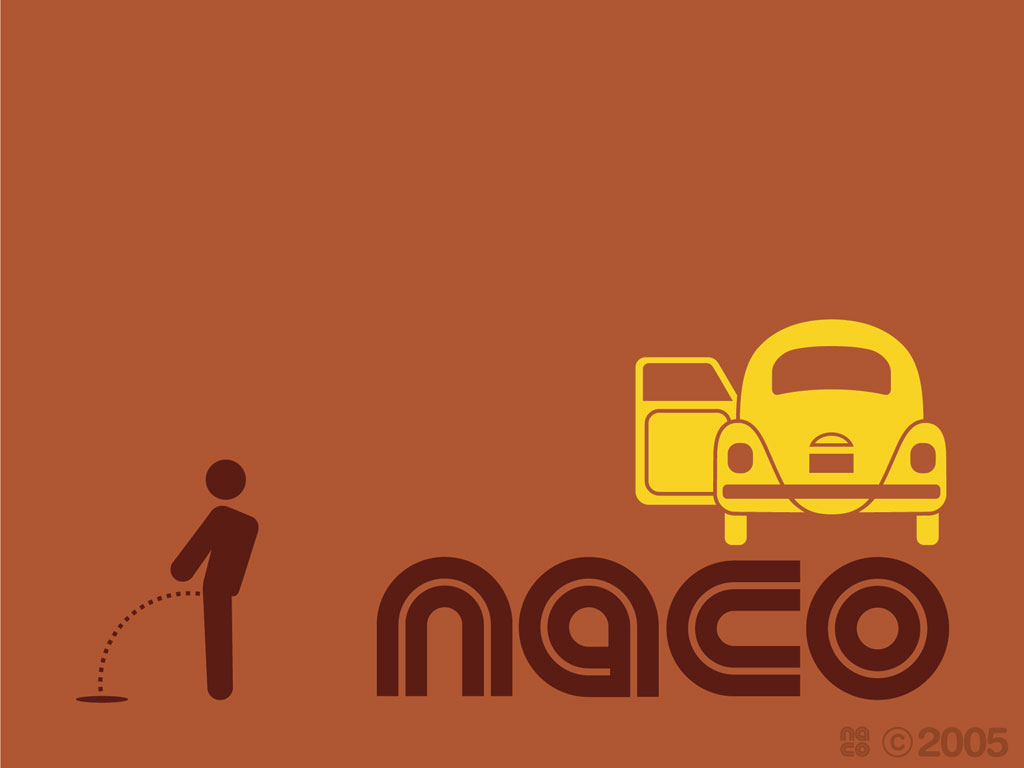
Image courtesy of cutangus
One of the great criticisms of the plannersphere is that it is data shy.
So here are three lovely charts for the data hungry amongst you to feast on.

Image courtesy of cutangus
One of the great criticisms of the plannersphere is that it is data shy.
So here are three lovely charts for the data hungry amongst you to feast on.

Gold Hill in Shaftesbury, Dorset. Location for THAT ad. Image courtesy of Andy Latt
I don’t know what I love most about the uber premium breakfast cereal brand, Dorset Cereals – the idea, the product, the packaging or the online experience. So you are just going to have to endure me whittering on about all of them.

Image courtesy of LalliSig
Poor old Dirt is Good.
Everyone is turning against it – especially in the planning fraternity.
And why? Well it stands accused of the most heinous crime – it doesn’t work.
It may have strategist’s hearts a flutter but it is not shifting detergent – certainly in the UK.
Well I want to ride to it’s rescue and suggest the problem is squarely with the advertising. Not the executions but the role advertising is being asked, or has elected, to perform.
And I want to round off with the contention that ‘advertising is the new below the line’.

Donald Rumsfeld at Princeton in the ’50s because I couldn’t bare to defile adliterate with an image of the man as we now know him.
I have started quoting Rumsfeld rather a lot.
Not the quote “I would not say that the future is necessarily less predictable than the past. I think the past was not predictable when it started” nor the outstanding “Death has a tendency to encourage a depressing view of war.” Neither of these are much use in charting the un-navigated waters of marketing communications.
But this one.
“There are things we know we know. We also know there are known unknowns; that is to say we know there are some things we do not know. But there are also unknown unknowns — the ones we don’t know we don’t know.”
You may pour scorn on him mangling our language and scrambling our brains but its sheer genius.
Or at the very least it helps articulate the relationship between advertising and digital agencies and their practitioners.

Image courtesy of Hans van Reenen
Brands help businesses fight the inexorable drift towards commoditisation – the point at which consumers can’t tell the difference between the offerings in the marketplace and can only choose on price.
And you don’t get much more commoditised than the UK energy market, where there is the square root of sod all to differentiate the miserable operations that try and claw out an existence in this market.
So price rules, especially in times of high wholesale energy prices.
However, there is one corner of the market where real difference is starting to emerge – green electricity tariffs and suppliers.

NaCo – making it cool to be uncool
So far every dynamic little micro brand I have sent down the catwalk has been from the UK or US.
So next up is a brand that has become a cult fashion label in Mexico City – NaCo.
Set up in 2001 by Robby Vincent and Edoardo Chavarin, with the sum total of $500, the name NaCo is a play on the mexican word ‘naco’ and all that it means.

A laboured analogy for the way search engine marketing works. Image courtesy of Glennfinlas
People are very keen on search these days.
Whether Search Engine Optimisation (SEO) or Search Engine Marketing (SEM).
It is not much of a business to be in (since it is becoming rapidly commoditised) but it’s something every business should be into.
However, my view is that SEO and SEM should be viewed as a safety net and not a marketing panacea.
The original manuscript for Orwell’s 1984. Image courtesy of netcharles.com I’m rather enjoying George Orwell’s 1984 at the moment. Loads of stuff to ponder on…

Acupuncture being used during surgery as an anaesthetic in Cultural Revolution China.
I spent some time yesterday talking to a friend that is studying Chinese Medicine.
She is training to be an acupuncturist and she is interested in the kinds of research used in evidence based medicine.
This is a big issue for complementary therapies in general as they believe in using qualitative as well as quantitative research to understand a treatment’s efficacy since most complementary health treats the whole person and not just observable symptoms.
And it is a big issue for acupuncture in particular as the standard means to test any medical treatment, the randomised controlled trial (RCT) is notoriously problematic for this therapy. You can undertake a RCT but it involves using sham needles on the control and so while a single-blind test is therefore possible the gold standard of a double-blind test is out of the question.
She wanted my help in understanding different research methodologies.
But as a planner working in marketing communications I realised I could be of little help since I rarely come across research. Or rather I rarely come across real research and our little discussion finally proved this to me.

Image courtesy of Jaki Good
People tend to rather bang on about the death of the 30 second television commercial.
It is unclear which bit they hate the most, the 30 seconds, the television or the commerical.
Obviously I am a big fan of the commercial element, I like being commercial.
I’m still rather unsure about the television component of course. I think that we have to accept that the potency of commerical messages added to the broadcast stream is being significantly challenged – by technology, by consumer behaviour and by media fragmentation. That said there is plenty of evidence that telly is in rather rude health at the moment – time shifting may spell trouble for advertisers but it is making TV a rather more enjoyable pastime. Indeed Nielsen have recently reported that in the 2005-2006 season television usage hit an all time high in the US at eight and a quarter hours a day.
But today I want to have a go at the idea that somehow creating 30 second bursts of ‘broadcast’ communication is at best moribund and at worst sexually deviant.

Image courtesy of Stephanissimo
Call me old fashioned but I like a nice bit of rational communication. I think that if you set out to persuade people of your brands qualities and point of view you ought to do just that, persuade them.
This requires active engagement from people towards the brand or communication, not just their passive attention.
However, in recent years, this model has been significantly challenged by the Low Involvement Processing school of communication.
And I began to think that I ought to raise the white flag on rational persuasion, especially as a superficial reading of some of the stuff coming out of cognitive neuroscience seemed to endorse LIP.
Not any longer I don’t.
Let’s play guess the brand. Photo courtesy of Lolapaipro As you can tell from the Brand Catwalk strand I am interested in the qualities that…